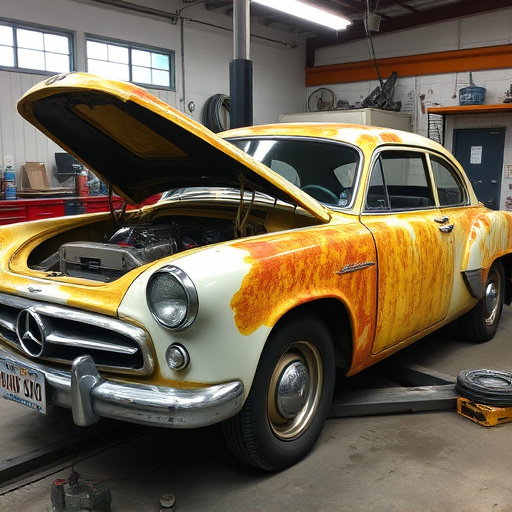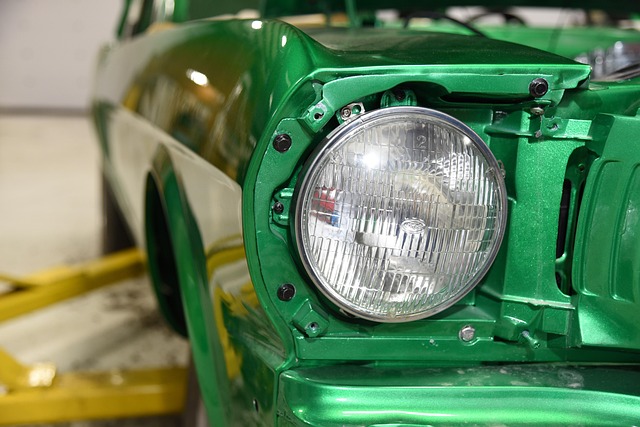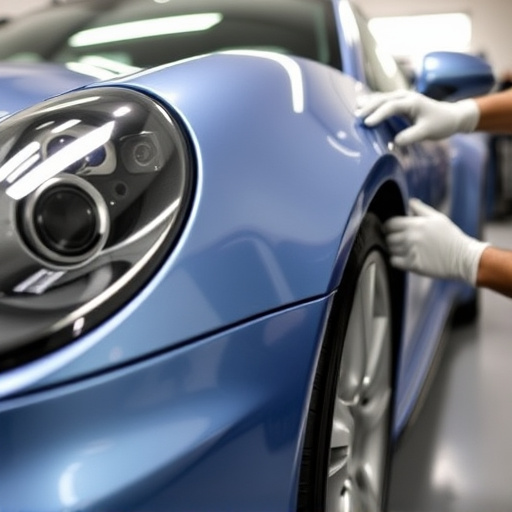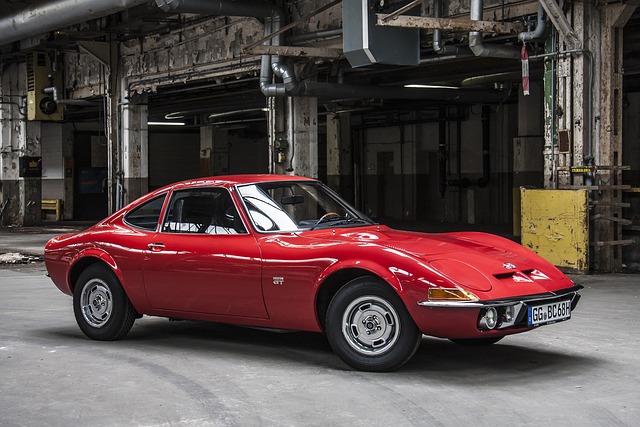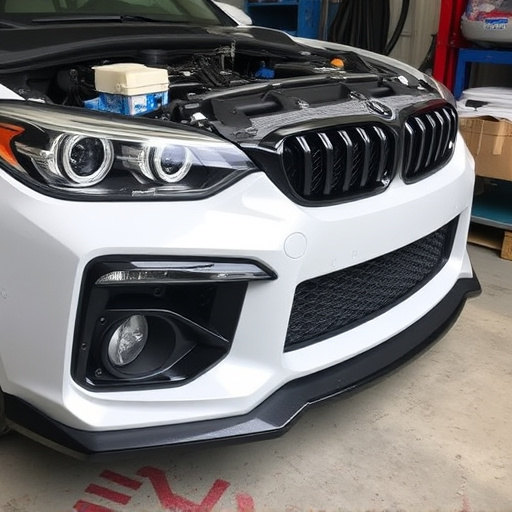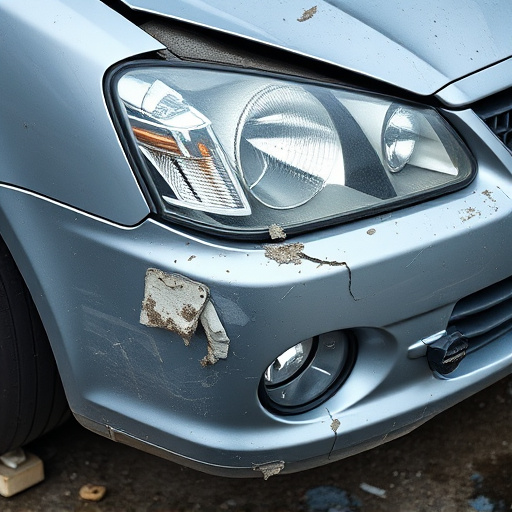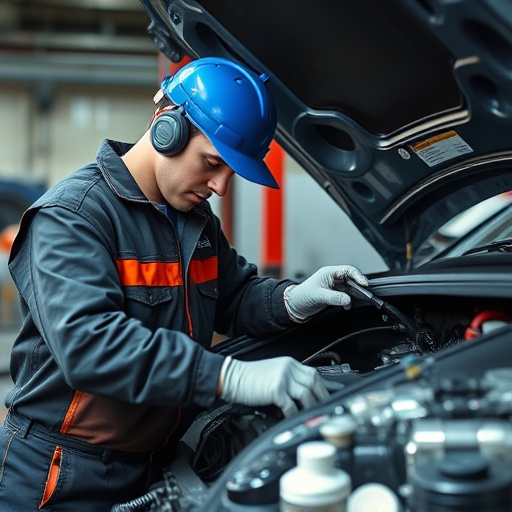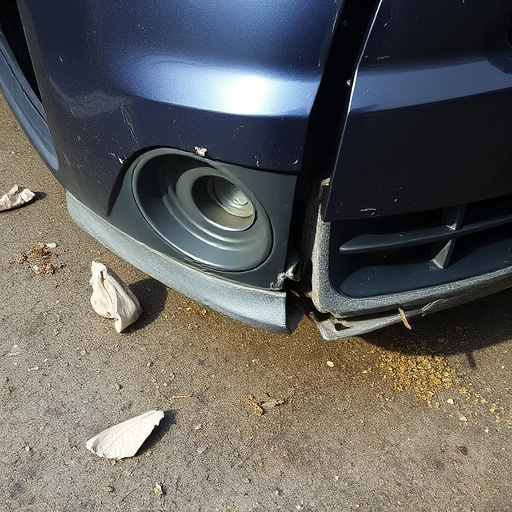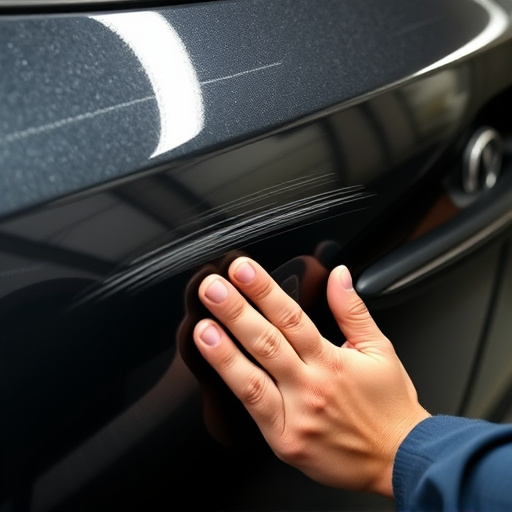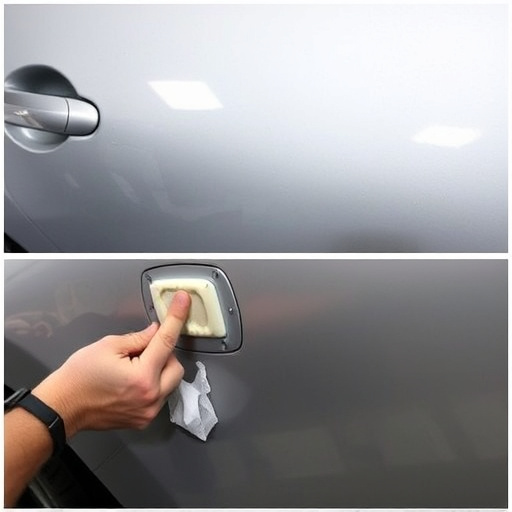Using OEM collision parts ensures safer, more precise repairs for luxury vehicles, maintaining factory standards and resale value. Costs vary based on availability, complexity, and market demand, with OEM parts offering better fitment, faster service, warranties, and long-term savings over potentially less reliable aftermarket alternatives.
In today’s automotive landscape, understanding the role of OEM collision parts is crucial for consumers navigating repair costs after an accident. This article delves into the definition and significance of Original Equipment Manufacturer (OEM) collision parts and explores how they impact total repair expenses. We examine factors influencing OEM part prices and compare them with aftermarket alternatives, providing insights to help folks make informed decisions in the complex world of collision repairs, ultimately saving them money.
- Understanding OEM Collision Parts: Definition and Role
- Factors Influencing Cost of OEM Parts in Collisions
- Impact on Repair Costs vs. Aftermarket Alternatives
Understanding OEM Collision Parts: Definition and Role

OEM collision parts, or Original Equipment Manufacturer parts, are designed and produced by the same company that makes the vehicle. They’re meticulously crafted to exact specifications, ensuring a perfect fit and superior performance. When it comes to auto glass repair, replacement with OEM glass is crucial for maintaining optimal visibility, safety, and the vehicle’s structural integrity.
In collision damage repair, using genuine OEM parts is essential for achieving a high-quality, factory-like finish. Unlike aftermarket or generic parts, OEM components are engineered to meet specific vehicle requirements, guaranteeing compatibility and reliability. This ensures not just effective repairs but also preserves the vehicle’s resale value. Moreover, utilizing OEM collision parts can streamline the process of automotive repair services, potentially reducing overall repair costs in the long run.
Factors Influencing Cost of OEM Parts in Collisions

The cost of OEM (Original Equipment Manufacturer) collision parts plays a significant role in determining the overall expense of automotive repairs, especially for luxury vehicle repair. Several factors influence these part costs, which can vary widely depending on the make and model of the vehicle. One key factor is availability; rare or vintage car models may have limited production runs, leading to higher prices due to scarcity.
Additionally, the complexity of parts often drives up their cost. For instance, intricate components like engines or transmissions typically require specialized manufacturing processes and skilled labor for assembly, resulting in a higher price tag. Moreover, brand new OEM parts are often more expensive than used ones, which can be a significant consideration when it comes to dent removal or other non-structural repairs. The market demand for specific parts also impacts pricing; high demand can drive costs up, especially if the part is not readily available from auto repair services.
Impact on Repair Costs vs. Aftermarket Alternatives
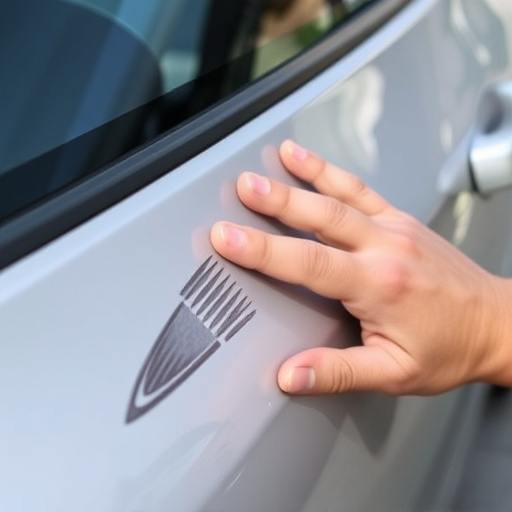
When comparing repair costs for a vehicle with damage, such as from a collision, understanding the difference between OEM (Original Equipment Manufacturer) collision parts and aftermarket alternatives is crucial. OEM parts are directly sourced from the vehicle manufacturer, designed to fit perfectly, and carry the same warranties as the original components. This precision fitting can significantly impact the overall repair cost by reducing labor expenses associated with adjustments and ensuring faster service times at auto collision centers. For example, OEM body panels, including fenders and doors, may be more expensive upfront than their aftermarket counterparts but often lead to more efficient car bodywork services, minimizing the need for additional paintless dent repair techniques.
Aftermarket parts, while generally less costly, might require additional work to ensure proper fit and finish. Many of these parts are not manufactured to the same exacting standards as OEM components, potentially leading to longer repair times at the auto collision center if they don’t align perfectly or need further adjustments. Moreover, aftermarket products may lack comprehensive warranties, increasing out-of-pocket expenses for consumers in the long run. Thus, while appealing due to their lower initial cost, aftermarket alternatives can sometimes result in higher total repair costs when considering the time and potential additional work required to ensure a safe and quality finish across all car bodywork services.
OEM collision parts play a significant role in determining the total repair cost, offering both advantages and considerations for automotive repair shops and vehicle owners. While they ensure precise fitment and performance, the cost can vary based on factors like demand and brand exclusivity. When compared to aftermarket alternatives, OEM parts may carry a higher price tag, but their quality and compatibility cannot be overlooked. Understanding these dynamics is crucial when balancing budget constraints with the need for reliable, original equipment replacement parts.
